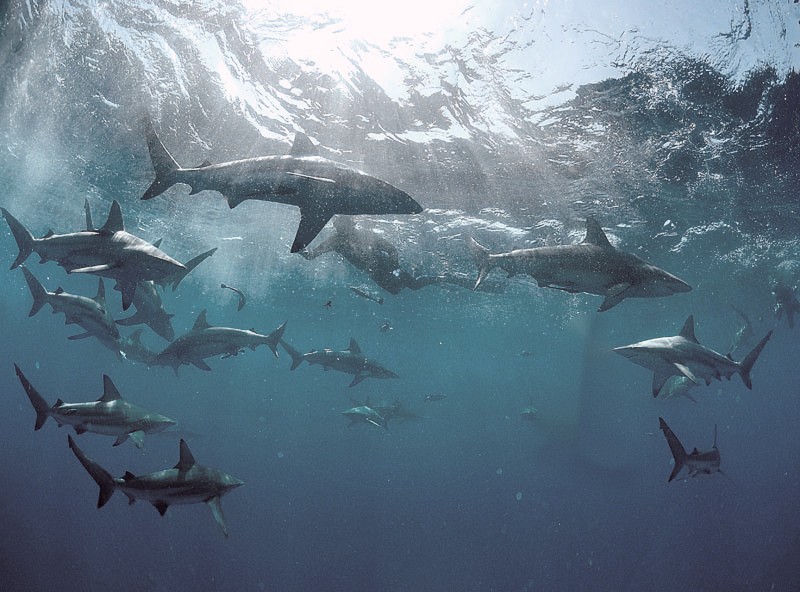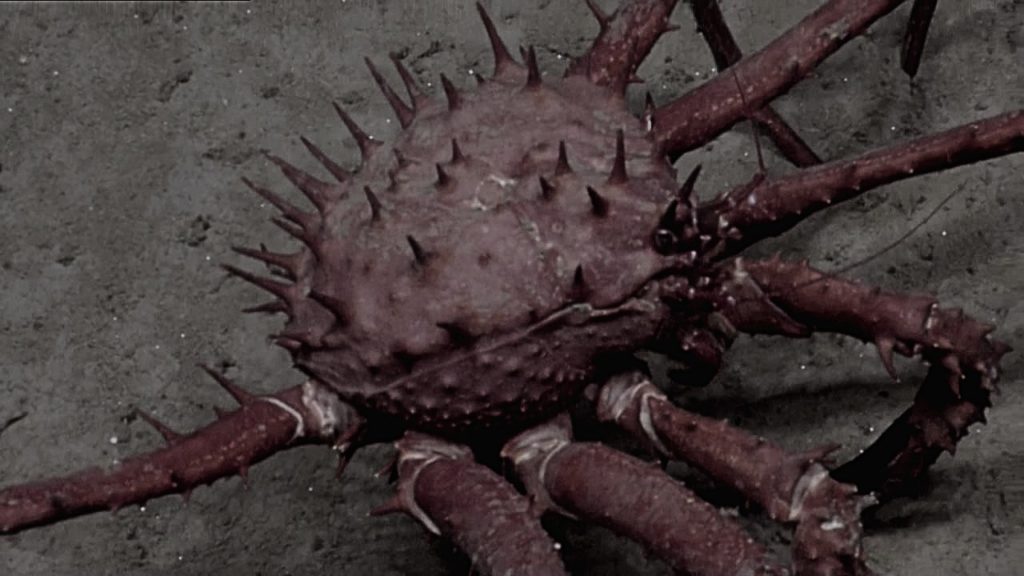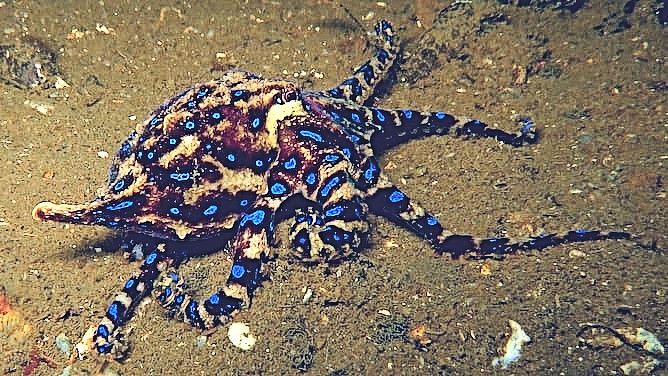Coral reef creatures
Sharks & Rays

Sharks and rays, drive from the same group called Chondrichthyes: which means they contain no bones though only soft flexible tissue called cartilage. Rays are flattened blankets with thin curved wings for fins, helping them float around the coral reefs beneath the sunlit portion. They are gentle creatures, while some may posses the power to sting. Stingrays have a barb at the base of their tail, which is basically a rigid serrated dorsal spine, when attacked or stepped on they rap the tail around the body. Sharks are often displayed as fearsome notorious predators, in the world, it is tragic how this stigma has threatened the species and also lead to torturous poaching for fins. Sharks are a marvel to be explored, they are designed throughout revolutions as perfect hunting machines. They have 3000 teeth that can easily regenerate and do not sleep!
Crustaceans

Crustacean, a group best known for their hard exoskeleton or shell, mostly covering the entire body like a one of these villains you see at com-icon. Even with their hard armor that creates a warrior-like image, predators lay equally equipped, the octopus has a sharp beak that can easily break through the hard shells. Crustaceans come in bizarre shapes and sizes, some may have larger claws like the coconut crab or asymmetrical claws like the pistol shrimp. They developed from the the first arthropods; scorpions, millipedes and centipedes, and were the fist animals to come to land. They stood in the revolution simply escaping water and unknowingly building a life beyond it. Crustaceans include crabs, shrimp and lobsters and barnacles. They are found in the beaches all the way to the trenches at the abyss. Truly miraculous creatures, with a long age limit and range from the smallest species (pea crab) to the Japanese spider crab which is 8ft. long.
Mollusks

One of the most peculiar and enigmatic invertebrates are the mollusks. Containing the eight legged octopus to snails and sea slugs. The are beautiful and vibrant in appearance, and are extremely cunning preys that can play various tricks. Mollusks have either held their shells close or simply evolved from them into advanced creatures. The have survived various extinctions from the Cambrian throughout today. There are three main types; gastropods, bivalves and cephalopods. Bivalves are clams and oysters that lack heads, there two shells are called valves, hence the name ‘bivalves’. Gastropods are snail and slugs that you may easily find in the garden. Cephlapods are the more developed species consisting of octopuses, cuttlefish, squids and nautiluses. They have beaks and a mantle and can easily fit through any object with respect to their beak size.
Echinoderms

The Echinoderms exist in the deepest corner as well as the shallowest. There strength to withstand such depths comes not due to the complexity though lack of it, they have no brain and lack a organ system. Echinoderms include starfish, sea urchins, feather stars and sea cucumbers, a group rather inclined to have a radial symmetry. They are found in variety of shapes and sizes ranging from a Thorny Sea Urchin to a Sunflower Sea Star.
While Cucumbers and Feathered Stars are mainly filter feeders, Starfish are carnivorous that display bizarre ways of eating. There ability to eat prey such as clams, oysters and mussels is bewildering with there bendy soft body and yet even more bewildering is the way of eating in which the starfish extends its stomach out of its mouth and then follows on to eat the digestible parts of its prey.
On the other hand Sea urchins are the more sinister looking ones, than the other slimy creatures with tiny suction cups. They have sharp calcium spikes that dictate a symbol of aggression. These spikes can be harmful and cut a deep wound. Although common sea urchins do not do much harm, venomous sea urchins such as Flower Urchins can be fatal.
These creatures are small and invisible in the vast ocean and yet one of the most efficient survivors.